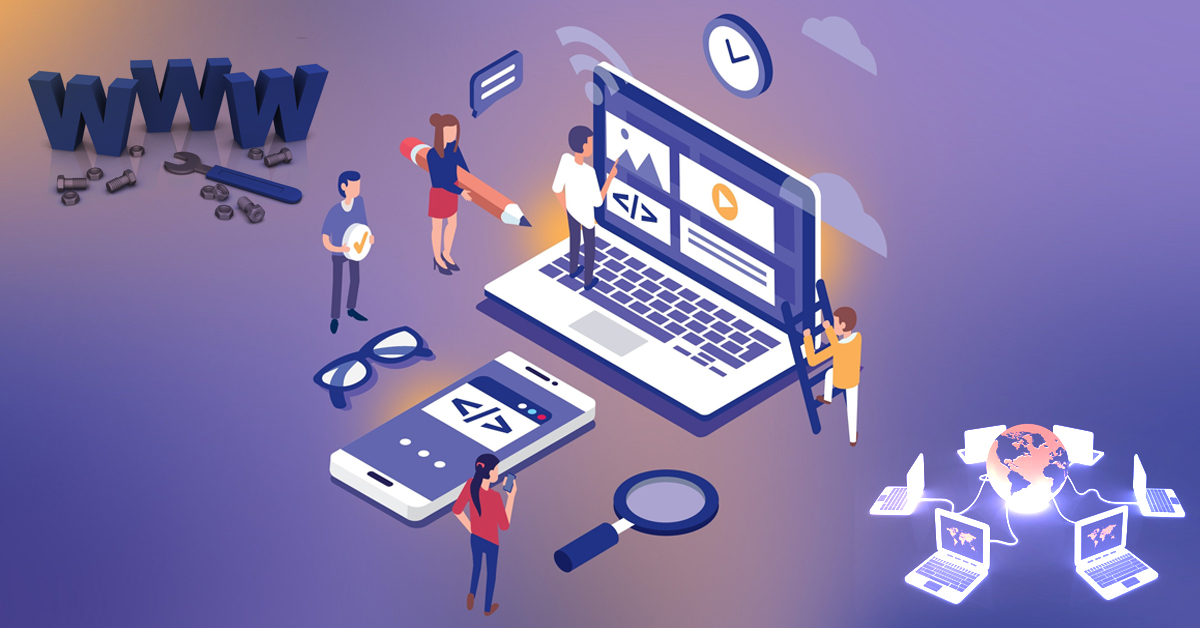As we go farther into the digital age, the advertising environment continues to evolve tremendously. The year 2025 marks a watershed moment when old tactics and advanced technologies combine to define the future of advertising. From artificial intelligence to data privacy, the advertising trends emerging today are set to redefine how businesses connect with consumers. This article explores the current trends in advertising, highlights major digital advertising industry trends, and discusses what marketers should expect in the world of trends ads by the end of 2025. The Transformation of Advertising in 2025 The advertising industry in 2025 will vastly differ from just a few years ago. Rapid digital transformation, changing consumer expectations, and stricter data laws contributed to this shift. Today, advertisers focus on building meaningful, personalized, and privacy-conscious campaigns. Brands are no longer just promoting products; they tell stories, solve problems, and align with values. New Consumer Behavior and Expectations Modern consumers are informed, selective, and privacy-aware. They no longer respond well to generic ads or intrusive marketing. Instead, they value relevance, transparency, and authenticity. This behavior change has forced brands to innovate. Personalization, data ethics, and value-driven campaigns have become central pillars of effective advertising in 2025. As a result, understanding trends in advertising means more than just keeping up with technology—it’s about staying in tune with human behavior. Digital Advertising Industry Trends: A New Era One of the most impactful changes in 2025 is the rise of digital advertising industry trends. With more consumers online than ever, brands are investing heavily in digital channels. From social media to connected TV, digital platforms offer endless opportunities for creative and data-driven campaigns. AI-Powered Advertising and Automation Artificial intelligence is playing a massive role in transforming the advertising process. In 2025, AI will analyze customer behavior, predict buying patterns, and automatically generate personalized content. From ad targeting to dynamic creative optimization, AI enables advertisers to deliver the right message at the right time. This level of automation saves time, reduces costs, and increases performance. Among the leading advertising trends, AI drives smarter, more efficient campaigns. The End of Third-Party Cookies Privacy concerns have prompted considerable changes in how advertising tracks and targets customers. By 2025, third-party cookies will mostly disappear, forcing brands to rely on first-party data and consent-based approaches. This trend has encouraged businesses to establish direct relationships with their target customers through email marketing, loyalty programs, and compelling content. Contextual advertising, which targets based on website content rather than user data, has made a strong comeback, demonstrating its relevance in a cookie-free future. Video and Interactive Content Dominate Another powerful trend in advertising is the rise of video and interactive content. In 2025, consumers will prefer engaging, visual experiences over static ads. Short-form videos, live streams, and interactive formats like polls and quizzes are taking center stage. Short-Form Video Content Thanks to platforms like TikTok, Instagram Reels, and YouTube Shorts, short-form video has become the go-to format for capturing attention. These quick, creative videos are perfect for product demonstrations, brand storytelling, and influencer marketing. Businesses are investing in video production more than ever, recognizing its ability to drive engagement and conversions. Shoppable and Interactive Ads Interactive ads that allow users to engage with content directly—like swiping, tapping, or purchasing—are gaining popularity. Shoppable videos, for instance, let viewers buy products directly from the ad. This seamless shopping experience improves user satisfaction and boosts sales. In 2025, interactive ads will no longer be a novelty but a necessity. Social Media’s Expanding Role in Advertising Social media platforms continue to be central to the success of digital campaigns. However, the trends of ads across these platforms are constantly changing. In 2025, brands will focus on authenticity, community-building, and influencer collaborations. The Rise of Micro and Nano Influencers Big-name celebrity endorsements are no longer the most effective influencer strategy. Instead, brands partner with micro (10,000–100,000 followers) and nano (under 10,000 followers) influencers. These smaller influencers have highly engaged audiences and offer more authentic, relatable content. This shift reflects a broader trend in advertising: building trust and genuine relationships with consumers. User-generated Content and Community Focus User-generated content (UGC) is one of the most potent forms of social proof. Brands encourage users to create and share content about their products and reward them with recognition, gifts, or cash incentives. Social media campaigns focusing on building community and engagement—not just promoting products—are thriving in 2025. Omnichannel Advertising and Personalization As consumers move across multiple devices and platforms, brands adopt omnichannel strategies to deliver consistent and cohesive messaging. One of the key digital advertising industry trends in 2025 is meeting consumers wherever they are, whether on mobile, desktop, TV, or voice assistant. Cross-Platform Integration Advertisers are using technology to unify campaigns across platforms. For example, a customer might view a product on Instagram, hear an ad for it on a podcast, and then receive an email reminder. This seamless experience enhances brand recall and conversion rates. Integrated campaigns also provide improved tracking and optimization. Hyper-Personalized Advertising Due to advancements in AI and machine learning, personalization is more sophisticated than ever. Brands can deliver customized ads based on browsing history, location, preferences, and mood. Hyper-personalization creates a better user experience and leads to higher engagement, making it one of the strongest advertising trends 2025. Voice, Audio, and AR Ads: Expanding Horizons New formats are emerging as part of the current trends in advertising, including voice search optimization, audio branding, and augmented reality (AR). Voice and Audio Ads With smart speakers like Amazon Alexa and Google Home in millions of homes, voice-based advertising is rising. Brands are optimizing content for voice search and experimenting with interactive voice ads. Podcasts also prove to be an effective channel, as host-read ads feel more personal and trustworthy. Augmented Reality Experiences AR advertising offers immersive, engaging experiences, allowing users to interact virtually with products. AR ads are helpful and entertaining, from trying on makeup to visualizing furniture in your home. These futuristic formats are now mainstream, thanks to advancements in










